Are you struggling with developing and deploying IoT devices that meet the required specifications? The Internet of Things (IoT) has revolutionized the way we interact with everyday objects, from smart homes to autonomous vehicles. However, the development of IoT devices is not without its challenges. IoT device constraints can negatively impact device performance, functionality, security, and cost. In this article, we will explore the types of IoT device constraints, their impact, and strategies for overcoming them.
Overcoming IoT Constraints
Learn how to maximize your IoT device’s potential by understanding IoT device constraints, their impact, strategies for overcoming them, examples, and emerging technologies for the future.
– IoT device constraints include power consumption, processing power, memory, communication, security, and cost.
– Overcoming these constraints can impact device performance, functionality, security, and cost.
– Strategies for overcoming IoT constraints include code optimization, lightweight protocols, hardware architectures, cloud computing, collaboration, testing, and validation.
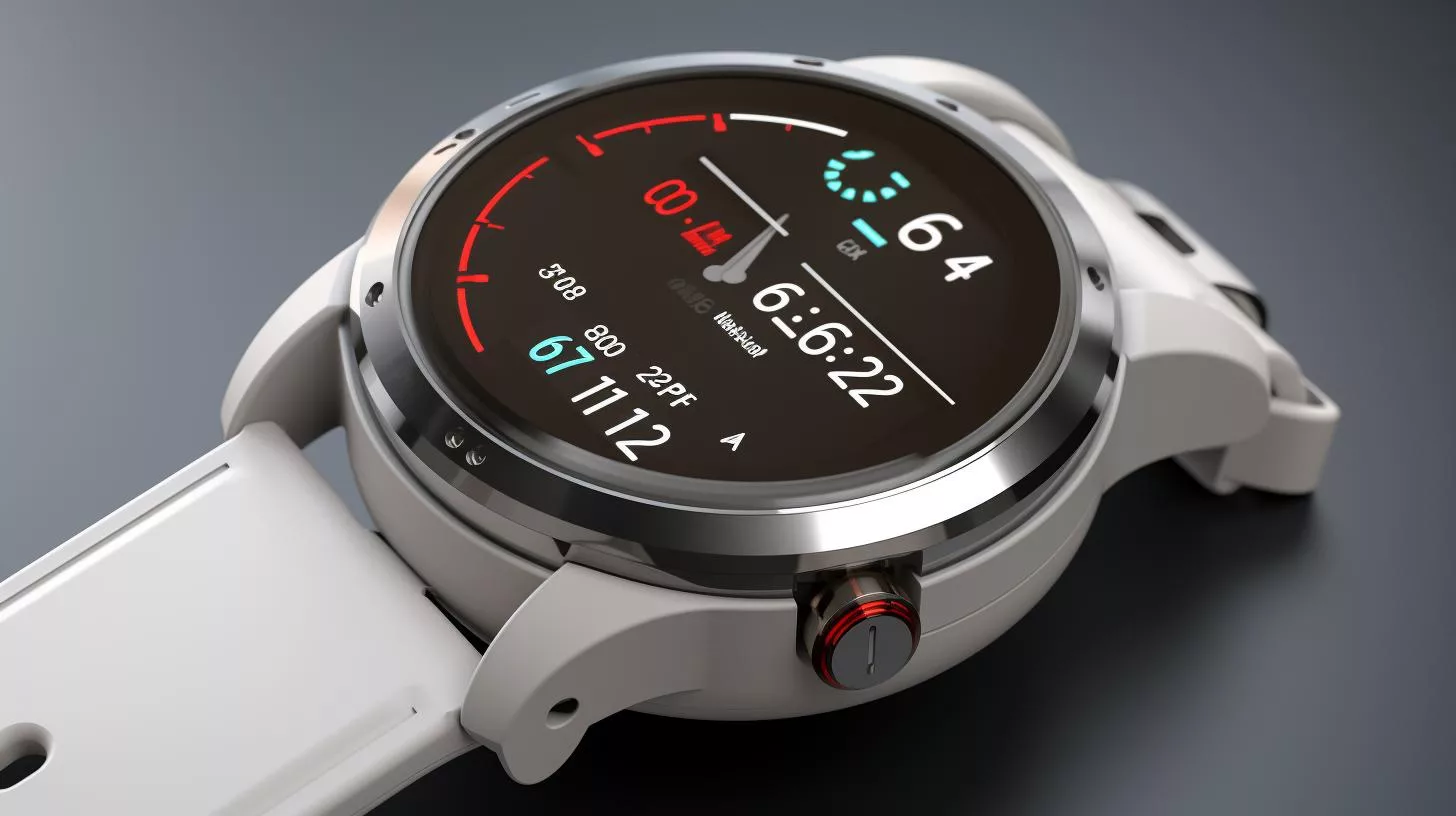
Understanding IoT Device Constraints
A. Definition of IoT Device Constraints
IoT device constraints refer to the limitations that arise during the development and deployment of IoT devices. These constraints can be related to power consumption, processing power, memory, communication, security, and cost.
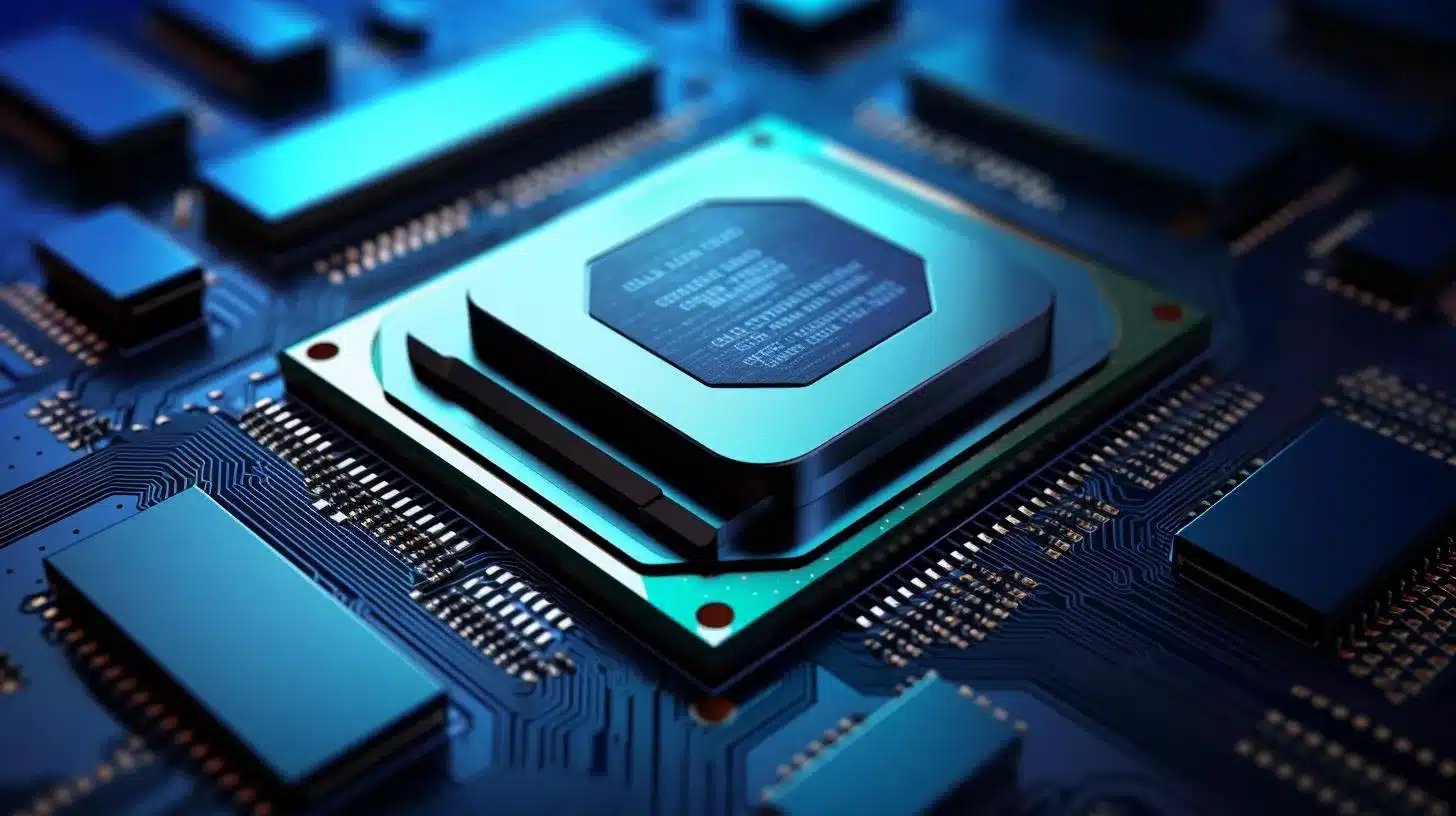
B. Types of IoT Device Constraints
1. Power Consumption
In most IoT applications, power consumption is the largest constraint in design. Sensors need to constantly monitor system states and update the cloud with the collected data. This requires a lot of energy, which can be a significant challenge for battery-powered devices. As a result, power optimization is a critical aspect of IoT device design.
2. Processing Power
IoT devices often have limited processing power, which can pose a significant challenge when dealing with complex data processing tasks. This can be especially challenging in real-time applications where data needs to be processed quickly.
3. Memory
Memory constraints are another significant challenge for IoT devices. Limited memory can affect the device’s ability to store data and run applications. This can be especially challenging when dealing with large datasets.
|IoT Device | Constraints | Impact |
|————|————-|——–|
| Smart Homes | Power consumption, communication | Limited real-time data provision |
| Wearables | Power consumption, processing power | Limited battery life and processing capabilities |
| Autonomous Vehicles | Power consumption, processing power, communication | Limited real-time data processing capabilities |
| Medical Devices | Power consumption, security | Potential vulnerability to cyber-attacks |
| Industrial IoT | Power consumption, processing power, communication | Limited real-time data provision |
| Overall | Power consumption, processing power, memory, communication, security, cost | Negative impact on performance, functionality, security, and cost|
4. Communication
IoT devices need to communicate with other devices and the cloud to provide real-time data. However, communication constraints can arise due to limited bandwidth and network coverage. This can impact the device’s ability to provide real-time data.
5. Security
Security is a significant concern in the development of IoT devices. Limited memory and processing power can make it challenging to implement robust security measures. This can leave the device vulnerable to cyber-attacks.
6. Cost
Cost is a significant constraint in the development of IoT devices. Limited budgets can make it challenging to develop and deploy IoT devices that meet the required specifications.
C. Significance of IoT Device Constraints
IoT device constraints can impact the device’s performance, functionality, security, and cost. It is essential to understand these constraints to develop and deploy IoT devices that meet the required specifications.
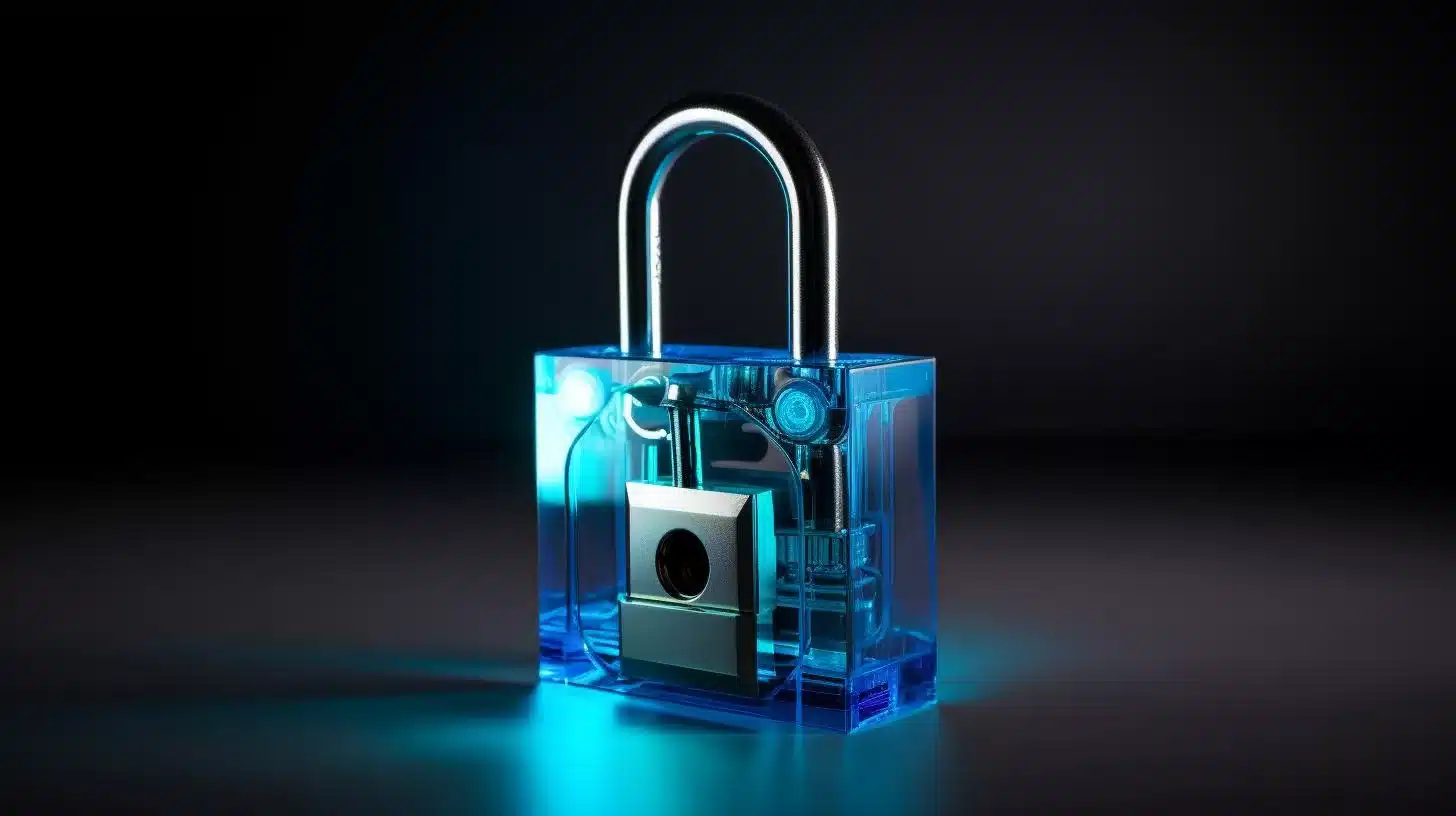
Impact of IoT Device Constraints
IoT device constraints can have a significant impact on the device’s performance, functionality, security, and cost.
A. Device Performance
IoT device constraints can negatively impact device performance. Limited processing power and memory can affect the device’s ability to run applications and provide real-time data.
B. Functionality
IoT device constraints can also impact device functionality. Limited processing power and memory can limit the device’s ability to perform complex data processing tasks.
C. Security
IoT device constraints can impact the device’s security. Limited memory and processing power can make it challenging to implement robust security measures, leaving the device vulnerable to cyber-attacks.
D. Cost
IoT device constraints can impact the cost of developing and deploying IoT devices. Limited budgets can make it challenging to develop and deploy IoT devices that meet the required specifications.
E. Challenges in Developing IoT Devices That Overcome Constraints
Developing IoT devices that overcome constraints can be challenging. Developers need to balance functionality, performance, security, and cost while considering the limitations imposed by IoT device constraints.
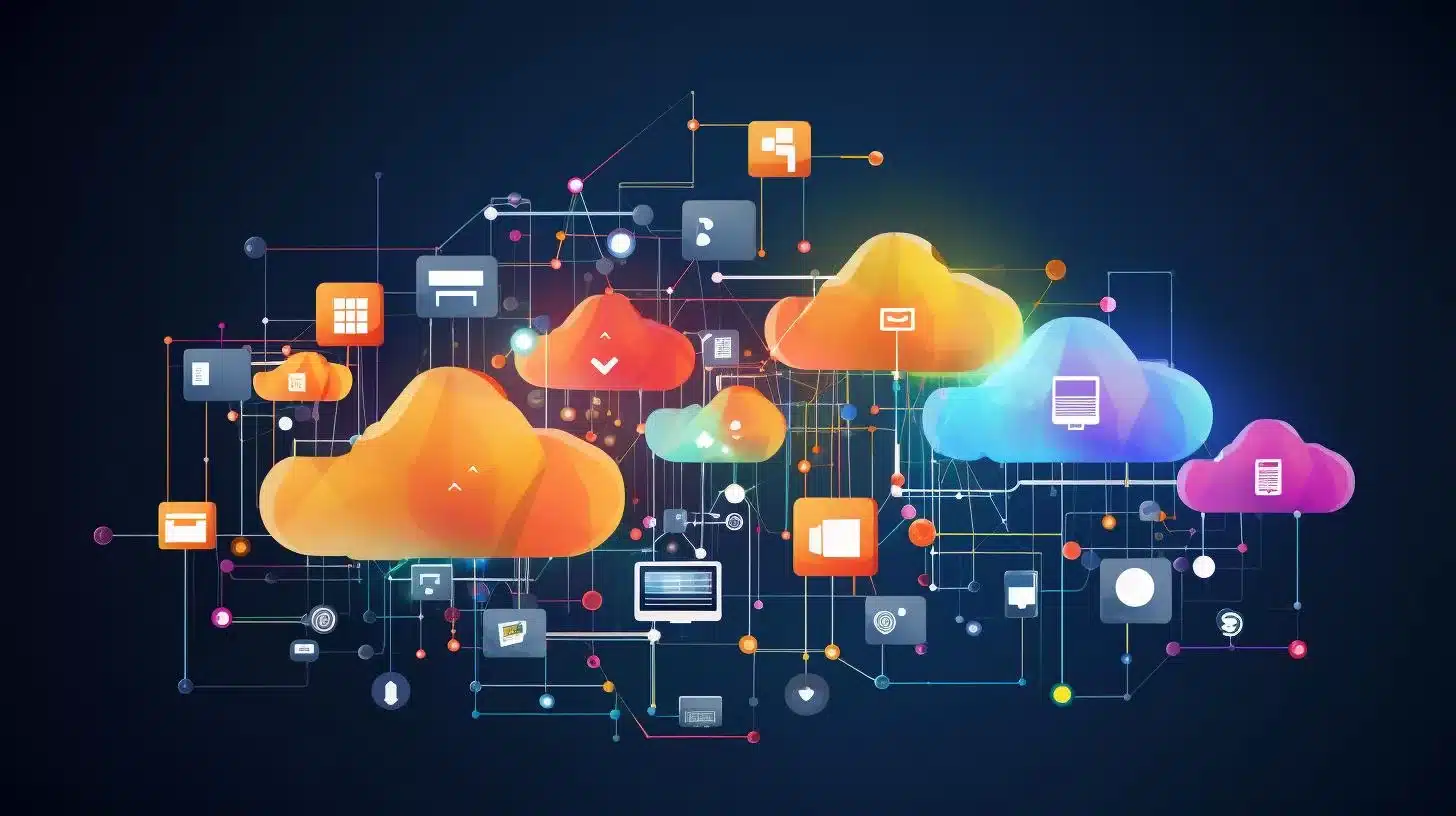
Strategies for Overcoming IoT Device Constraints
There are several strategies for overcoming IoT device constraints.
A. Code Optimization
Code optimization can help reduce the processing power and memory requirements of IoT devices. Developers can optimize code by using algorithms that require less processing power and memory.
B. Lightweight Protocols
Lightweight protocols can help reduce the bandwidth requirements of IoT devices. Developers can use protocols like MQTT and CoAP to reduce the amount of data transmitted by IoT devices.
C. Hardware Architectures
Hardware architectures can help overcome IoT device constraints. Developers can use hardware architectures like System-on-Chip (SoC) and Field-Programmable Gate Array (FPGA) to reduce the power consumption and processing power requirements of IoT devices.
D. Cloud Computing
Cloud computing can help overcome IoT device constraints. Developers can use cloud computing to offload data processing tasks from IoT devices, reducing the processing power and memory requirements.
E. Collaboration Across Disciplines
Collaboration across disciplines can help overcome IoT device constraints. Developers can work with experts in different fields like hardware design, software development, and security to develop IoT devices that meet the required specifications.
F. Importance of Testing and Validation
Testing and validation are critical in overcoming IoT device constraints. Developers need to test and validate IoT devices to ensure they meet the required specifications.
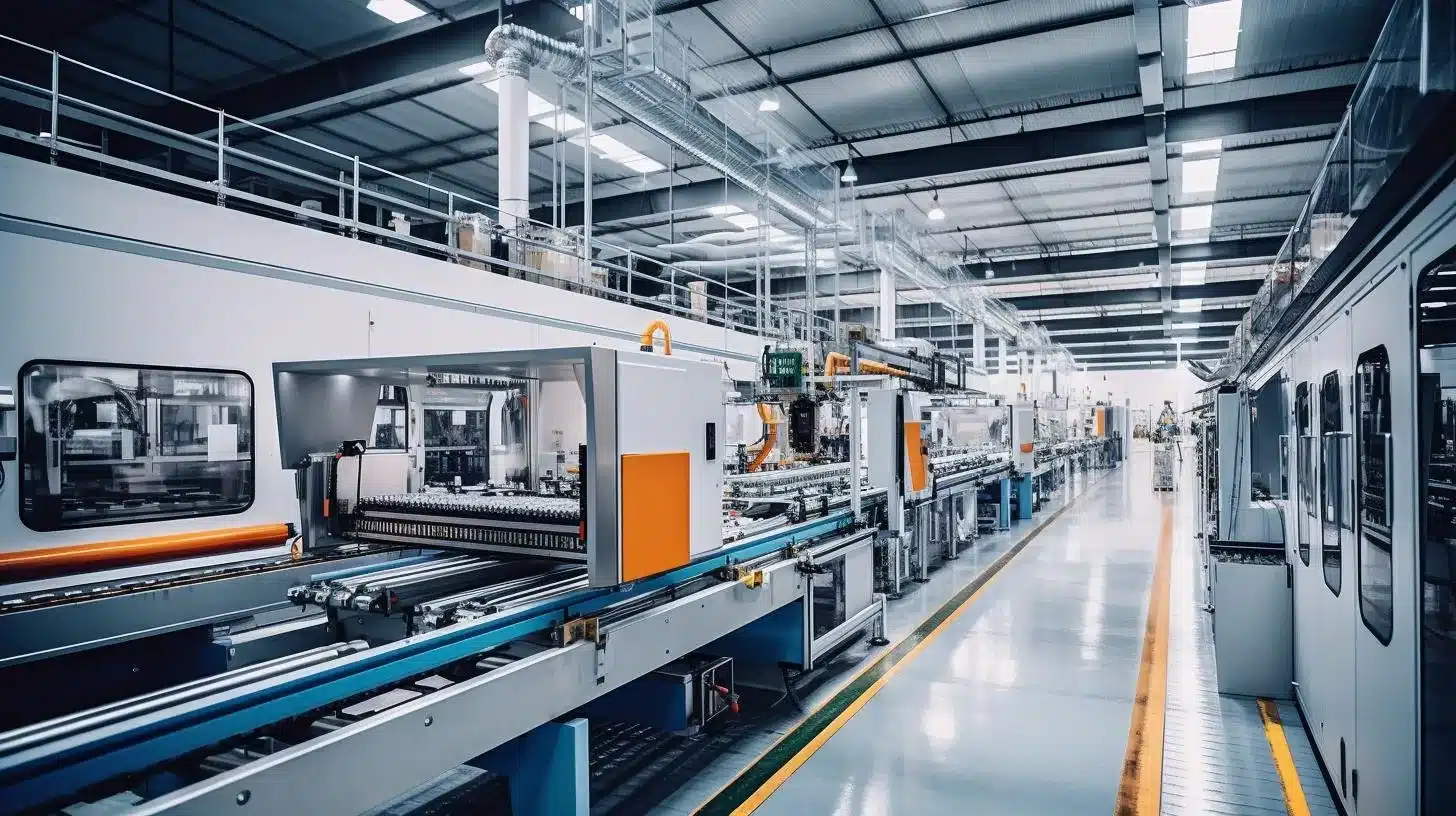
Examples of IoT Device Constraints
IoT device constraints can impact a wide range of IoT devices, including smart homes, wearables, autonomous vehicles, medical devices, and industrial IoT.
A. Smart Homes
Smart homes are a prime example of IoT devices that face constraints related to power consumption and communication. IoT devices like smart thermostats, smart locks, and smart lights need to be constantly connected to the internet to provide real-time data.
B. Wearables
Wearables like smartwatches and fitness trackers face constraints related to power consumption and processing power. Wearables need to be lightweight and comfortable to wear, which limits the available space for batteries and processing chips.
C. Autonomous Vehicles
Autonomous vehicles face constraints related to power consumption, processing power, and communication. Autonomous vehicles need to process vast amounts of data in real-time to navigate roads and avoid obstacles.
D. Medical Devices
Medical devices like pacemakers and glucose monitors face constraints related to power consumption and security. Medical devices need to be secure and reliable to ensure patient safety.
E. Industrial IoT
Industrial IoT devices like sensors and controllers face constraints related to power consumption, processing power, and communication. Industrial IoT devices need to provide real-time data to ensure efficient manufacturing processes.
Case Study: Overcoming Power Consumption Constraints in IoT Devices
One of the biggest challenges in developing IoT devices is optimizing power consumption while maintaining functionality. John, a product manager at an IoT startup, faced this challenge when developing a smart home device that monitored air quality. The device needed to be constantly powered on to monitor air quality, but this drained the battery quickly, making it inconvenient for users.
John and his team tackled this challenge by optimizing the device’s code to minimize power consumption. They also incorporated a lightweight protocol to reduce the amount of data transmitted, thus reducing power consumption. Additionally, they used a hardware architecture that allowed for low power consumption.
After testing and validation, the device was able to operate for months on a single charge, greatly improving its usability and convenience for users. This success not only helped the startup gain a competitive edge but also contributed to the larger goal of overcoming power consumption constraints in IoT devices.
John’s experience highlights the importance of code optimization, lightweight protocols, and hardware architectures in overcoming power consumption constraints in IoT devices. By taking a holistic approach and collaborating across disciplines, IoT developers can create devices that maximize their potential while overcoming constraints.
The Future of Overcoming IoT Device Constraints
Emerging technologies like 5G, edge computing, AI, and machine learning hold promise in overcoming IoT device constraints. These technologies can help reduce power consumption, improve processing power, and enhance security.
A. Emerging Technologies
1. 5G
5G networks hold promise in reducing the communication constraints faced by IoT devices. 5G networks can provide faster and more reliable connectivity, reducing the latency and bandwidth requirements of IoT devices.
2. Edge Computing
Edge computing can help overcome IoT device constraints by offloading data processing tasks from IoT devices. Edge computing can provide faster and more efficient data processing, reducing the processing power and memory requirements of IoT devices.
3. AI and Machine Learning
AI and machine learning can help optimize IoT devices by identifying patterns and making predictions based on data. AI and machine learning can help reduce power consumption and improve processing power.
B. Challenges in Developing and Deploying IoT Devices at Scale
Developing and deploying IoT devices at scale can be challenging. Developers need to consider the limitations imposed by IoT device constraints while ensuring the devices meet the required specifications.
In conclusion, IoT device constraints can negatively impact the performance, functionality, security, and cost of IoT devices. To overcome these constraints, developers can use strategies like code optimization, lightweight protocols, hardware architectures, cloud computing, and collaboration across disciplines. Emerging technologies like 5G, edge computing, AI, and machine learning hold promise in overcoming IoT device constraints. By understanding and addressing these constraints, developers can maximize their device’s potential and provide value to their customers.
Questions
What are IoT constraints?
Constraints are limitations that IoT devices face.
Who faces IoT constraints?
IoT devices face constraints due to their limited resources.
How do IoT constraints affect device performance?
Constraints can limit device performance and functionality.
What are some common IoT constraints?
Limited memory, processing power, and battery life.
How can IoT devices overcome constraints?
By adopting efficient programming and communication protocols.
But aren’t IoT constraints a major hurdle for widespread adoption?
Yes, but as technology advances, constraints are being addressed.
